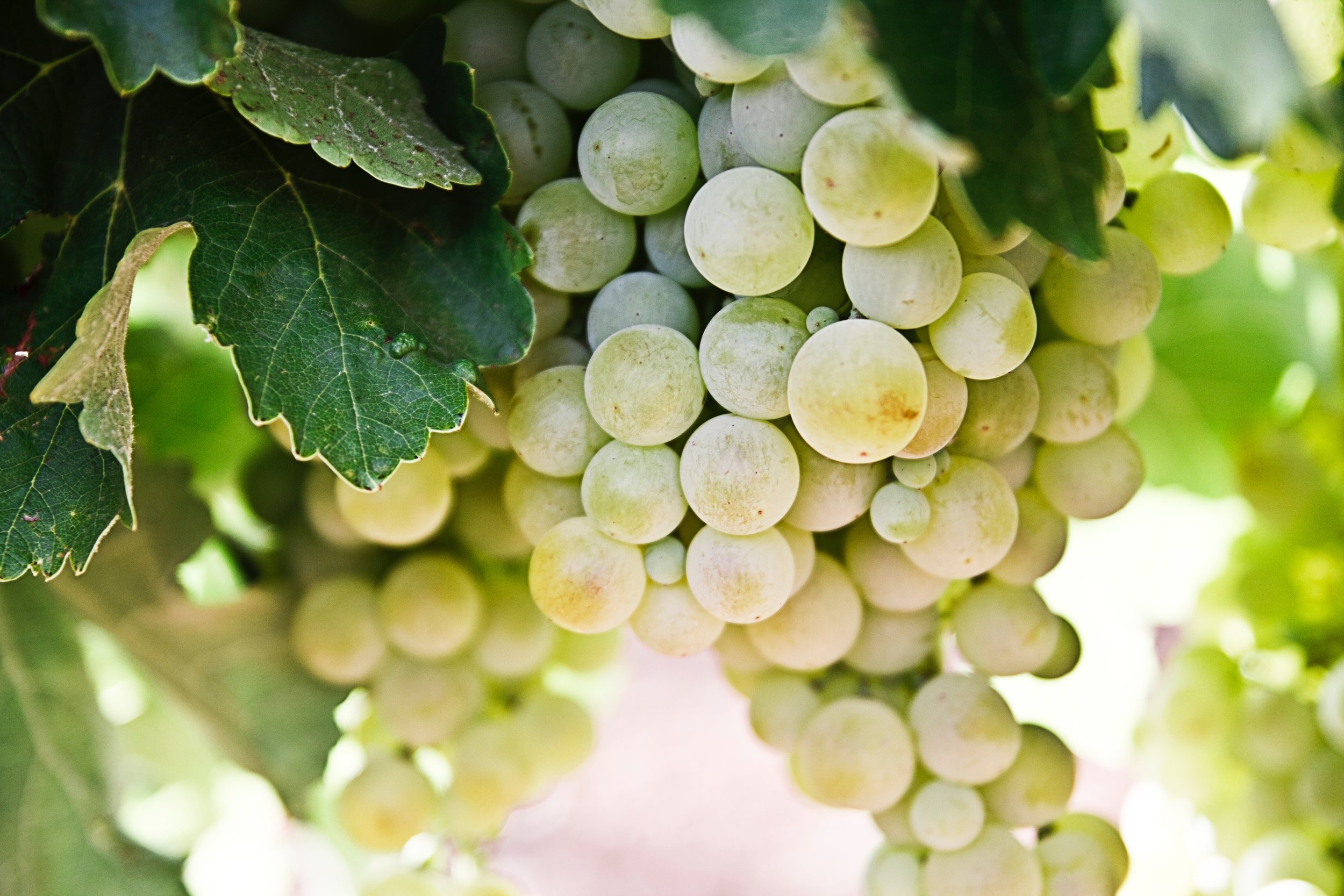Pinot Noir….a grape with great potential
Just twenty years ago [a blink of time in wine history], nay sayers were sure that this region’s vintners would forever be limited to labruscas [Concord, Niagara, Catawba] and a smattering of French American hybrids [Seyval, Vidal and in those days, Baco #1]. I admit that back then, I too had doubts about whether truly ‘world class vintages’ could be produced here.
In the late eighties when our chardonnays and Rieslings began to show promise, first in the vineyard, then in award winning wines, the floodgates cracked open just a bit. On some unique sites, Cabernet Sauvignon made its mark. More recently, Pinot Gris/Grigio and Cabernet Franc have emerged. We are not yet the center of the American wine world. [If the ‘Big One’ shakes up California and drops most of its vineyards into the Pacific, we may have a chance.] However, we are carving out a niche. Wines from these varieties are ever-growing in acceptance by the ‘serious’ wine press.
In the past couple of years, an exciting ‘new’ variety for this area turned some heads – and may soon take a place at northeast’s Ohio premium wine table.
It is called Pinot Noir. In Burgundy, Pinot Noir is known as chardonnay’s red cousin. However, while chardonnay is comfortable in a myriad of growing conditions world wide, Pinot Noir is usually described as ‘persnickety’ or ‘shy.’ Many French winemakers struggle with the variety. It is a very tough grape to grow. It is difficult to ripen, especially in cooler climate areas. It is low in tannin and sometimes insipid in color. It has minimal acids, hence the proverbial ‘backbone’ in finished wines can be a problem. Rather than showing intense, fruity aromas its ‘nose’ is often described as ‘weak.’
In this country, Pinot Noir has fared better when planted on selected sites. It produces exceptional wines in Oregon and in certain northern California vineyards. There, rich fruit flavors and soft textures, as well as more intense coloration is possible. Much of Oregon’s early reputation was based on its ability to produce great vintages from Pinot Noir. While the percentage of Pinot Noir vineyards in Ashtabula County is small, the vines that have been in the ground for a half dozen years are now yielding mature fruit with considerable promise.
Some ‘proof’ has begun to appear. In 2002, at the very prestigious Riverside [California] International Wine Competition, a 2000 Lake Erie Pinot Noir from St. Joseph Vineyards was awarded a gold medal. This year, at the American Wine Society Competition, a 2002 Pinot Noir Reserve was made in French oak by Larry Laurello. Using locally grown grapes he won another impressive gold medal. Given the difficulties in growing this variety, garnering a gold medal over hundreds of national competitors is no small feat. The truly significant achievements of the Laurello and St. Joseph wineries are evidence that this very finicky variety may soon be one that will vie for bragging rights among the other vinfieras planted here.
For additional information: dwinchell@ohiowines.org
About the author:
Donniella Winchell, Executive Director of the Ohio Wine Producers Association...


